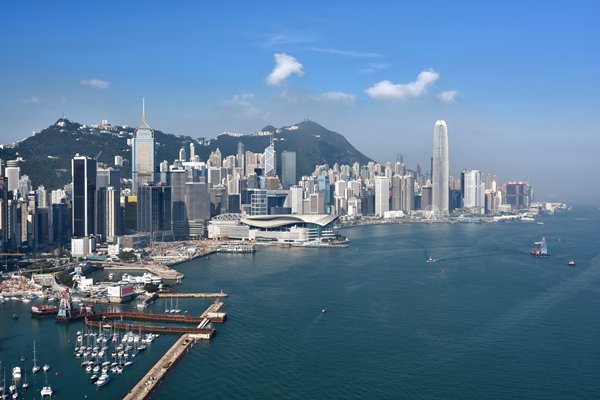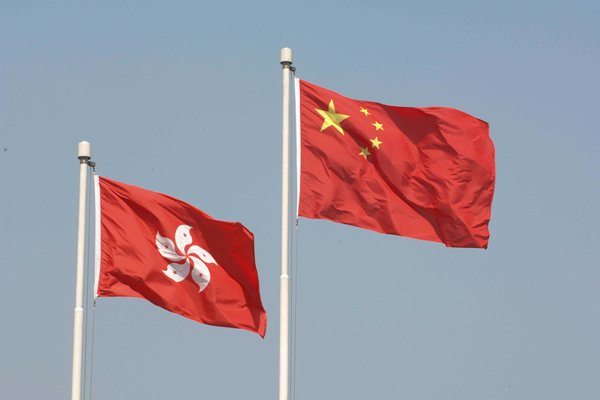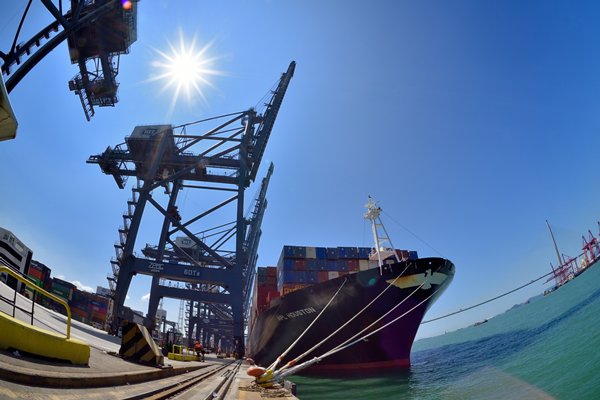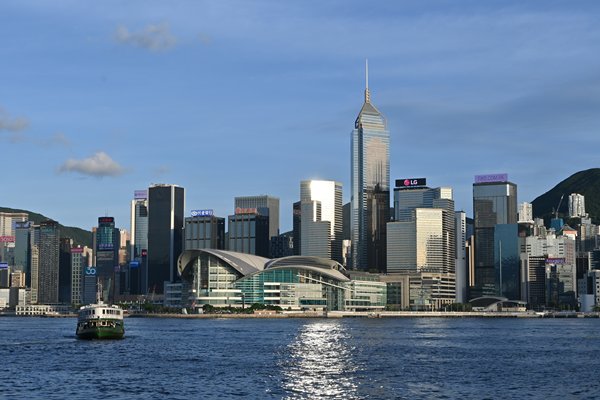
This is a very different year for all of us, and the world is in a very different place. The regression of globalisation and rise of unilateralism, together with the COVID-19 pandemic and the resulting economic turmoil, have taken a distressing toll on us, here in Hong Kong and around the world. While events are still unfolding, many of the consequences have become clear. They include a restructuring of production and distribution channels, shorter supply chains, more near-shore sourcing and a general business environment distinguished by its pervasive uncertainty. Challenges everywhere, in short; and change has become the new watchword.
That said, we all know that profound change has the potential to unleash widespread innovation and create abounding opportunities. Hong Kong is testimony to that. For example, with the need for social distancing, the delivery of financial services through virtual banks and insurers is fast emerging. This year, to date, seven virtual banks have begun business in Hong Kong, capturing some 310,000 retail customers and taking in more than US$1.2 billion in deposits. And in the first seven months of the year, more than 20 Hong Kong-based start-ups raised close to US$500 million in venture funding. This was accomplished despite the impact COVID-19 has had on business everywhere.
While innovation no doubts helps, it is also essential for different economies to work together. Indeed, I believe that global collaboration is the key to kick-starting our economic revival, particularly in the post-COVID-19 economy.
The epidemic has highlighted the essential importance of the rules-based multilateral trading system, led by the World Trade Organization, in realising and maintaining international trade. Hong Kong is a longstanding supporter of the system and that is certainly not going to change. Earlier this month, we adopted the APEC Putrajaya Vision 2040, along with other APEC-member economies. It reaffirms our support for deepening economic integration in the region for the prosperity of all our people and future generations.
To that end, I congratulate the 15 member states, including those participating in the Belt & Road, on the signing of the Regional Comprehensive Economic Partnership Agreement earlier this month. The agreement is strong testimony to free trade, multilateralism and regional co-operation. No less important, it injects fresh impetus to the global economic recovery we so desperately need. Hong Kong is more than qualified to join the partnership. We have, after all, free trade agreements in effect with ASEAN, Australia and New Zealand, as well as our Closer Economic Partnership Arrangement with the Mainland. We are grateful for the clear support we’ve received from some of the partnership’s member states, and we look forward to beginning discussions on Hong Kong’s accession to the partnership at the earliest opportunity.
For international co-operation, there is no platform more promising than the Belt & Road initiative. First raised by President Xi Jinping in 2013, the Belt & Road is an open, inclusive and all-embracing global initiative, which extends beyond geographical and cultural borders and boundaries. Since its inception, the Belt & Road initiative has been well received by the international community. So far, China has already signed over 200 co-operation documents with 138 countries and 31 international organisations.
The Belt & Road initiative is all about collaboration and partnership. As an active player in the initiative, Hong Kong is keen to strengthen our collaboration and partnership with other Belt & Road economies. To start with, amid the COVID-19 pandemic, we launched in June our I&T Experience Sharing & Business Promotion Platform. It features a number of e-applications and smart innovations. Through it, we hope to showcase and share our home-grown, anti-epidemic technology with our overseas partners, supporting their fight against the virus, while strengthening our people-to-people bonds.
On the trade front, Hong Kong manufacturers and exporters are eager to expand their partnerships overseas. And I believe that industrial parks located along the Belt & Road are an ideal springboard for collaboration. The Economic & Trade Co-operation Zones established by the Mainland to expand production and embrace new markets is a prime example, especially now as China is pursuing the “dual circulation” development pattern, which emphasises the linking of its domestic and international markets. For Hong Kong, given our location and our growing economic ties with ASEAN countries, the Economic & Trade Co-operation Zones in the ASEAN region will present ample opportunities to Hong Kong enterprises and their partners. I am pleased to know that a number of officials and business leaders from Thailand, the Philippines and Indonesia will address the summit later today, and they can tell you more about those opportunities.
For those who are looking to grasp the opportunities presented by the Belt & Road, I would say that Hong Kong is your ideal partner given our unique strengths. To start with, Hong Kong has long been blessed with multilingual, multi-talented financial and related services professionals. It’s why our financial, trade, logistics, legal and other services sectors are internationally recognised. For Hong Kong, they are also a significant selling point in satisfying the wide-ranging service needs of the Belt & Road projects.
Alongside talent, Hong Kong’s advantages include the rule of law, an open and efficient market, the free flow of capital, information and people, as well as a simple and low tax regime. And it all comes together within our “one country, two systems” framework, which creates a continuing flow of connections between overseas markets and Mainland China.
Another far-reaching advantage is our growing integration with the Guangdong-Hong Kong-Macao Greater Bay Area. With a population of some 72 million, the bay area presents untapped potential for your sustainable, inclusive and innovative businesses.
And Hong Kong, one of the world’s leading financial centres, can contribute much and well towards sound and sustainable financing and partnership along the Belt & Road. The importance of building dynamic economic and financial systems to withstand future shocks and sustainability risks cannot be stressed more. Over the past few years, Hong Kong has been taking leading steps in promoting green development and investment in sustainable assets. Earlier this month, for example, the Monetary Authority entered into partnership with the International Finance Corporation, a member of the World Bank Group, to encourage commercial banks in Asia to adopt green strategies. We will bring together financial institutions, banking industry associations, research organisations and innovative technology providers from across the region. The goal, of course, is to build and boost green finance, while promoting sustainable investment.
Chief Executive Carrie Lam gave these remarks at the fifth Belt & Road Summit on November 30.








